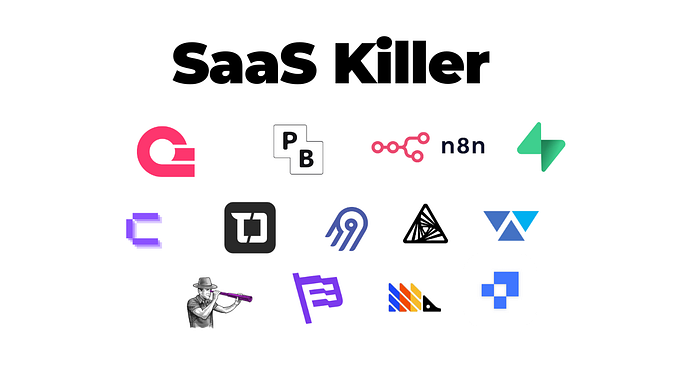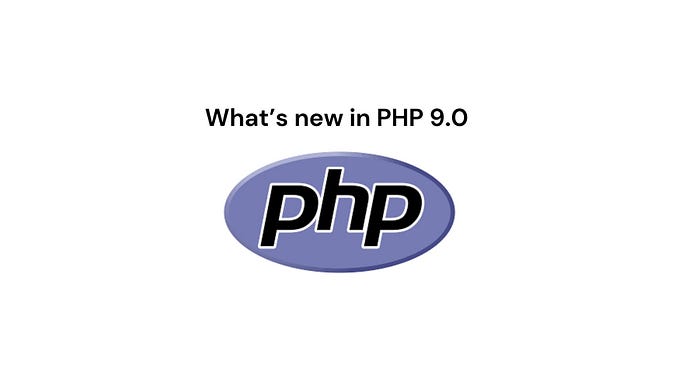
Creating Custom Web Applications with Symfony 6 and Php 8: A Step-by-Step Guide
Symfony web app development: From setup to deployment in 9 easy steps
Symfony is a powerful PHP web development framework that allows developers to build complex, high-performance web applications with ease. In this step-by-step guide, we’ll show you how to create a custom web application using Symfony.
Step 1: Set up your Development Environment
Before you begin, you’ll need to set up your development environment. This includes installing Symfony on your machine, as well as any dependencies or tools you may need. Symfony provides a convenient command-line interface called the Symfony CLI, which can help you install Symfony and manage your project dependencies.
Step 2: Create a New Symfony Project
Once you have your development environment set up, the next step is to create a new Symfony project. You can use the Symfony CLI to create a new project with the following command:
symfony new myproject --fullThis will create a new Symfony project with all the necessary dependencies and files.
Step 3: Set up your Database
Next, you’ll need to set up your database. Symfony uses Doctrine, a powerful ORM that allows you to manage your database schema and interact with your database using PHP. You can create a new database and set up your database connection in the .env file in your Symfony project.
Step 4: Create your Entities
Entities are the backbone of your application. They represent the data in your application and provide a way to interact with your database. You can use the Doctrine CLI to generate new entities with the following command:
php bin/console make:entityThis will generate a new entity class, which you can customize to fit your application’s needs.
Step 5: Create your Controllers
Controllers are responsible for handling incoming requests and returning responses. You can use the Symfony CLI to generate new controllers with the following command:
symfony console make:controllerThis will generate a new controller class, which you can customize to handle your application’s routes and logic.
Step 6: Create your Views
Views are responsible for rendering the HTML output of your application. You can use Twig, Symfony’s built-in templating engine, to create your views. You can create a new view template with the following command:
symfony console make:twig-templateThis will generate a new Twig template, which you can customize to display your application’s data.
Step 7: Add Routes to your Application
Routes are the URLs that your application responds to. You can define your application’s routes in the routes.yaml file in your Symfony project. You can also use annotations to define routes in your controller classes.
Step 8: Test your Application
Once you’ve created your entities, controllers, views, and routes, it’s time to test your application. You can use Symfony’s built-in web server to test your application locally. You can start the web server with the following command:
symfony serveThis will start the web server, and you can visit your application in your web browser at http://localhost:8000.
Step 9: Deploy your Application
Finally, once you’ve tested your application locally, it’s time to deploy it to a production environment. Symfony provides a number of tools and techniques for deploying your application, including using a cloud platform like AWS or deploying your application to a server using Docker.
In conclusion, Symfony is a powerful framework for building custom web applications. By following these steps to set up your development environment, create your entities, controllers, views, and routes, and test and deploy your application, you can create a powerful, scalable web application with Symfony.
Thank you for you attention
If you found this article helpful, please consider clapping for it and following our blog for more Symfony development tips and tutorials. And if you’re looking for a Symfony web agency to help you build your next web application, please check out our website at https://lytvynov-production.com/. We’d be happy to discuss your project and help you bring your ideas to life with Symfony.









